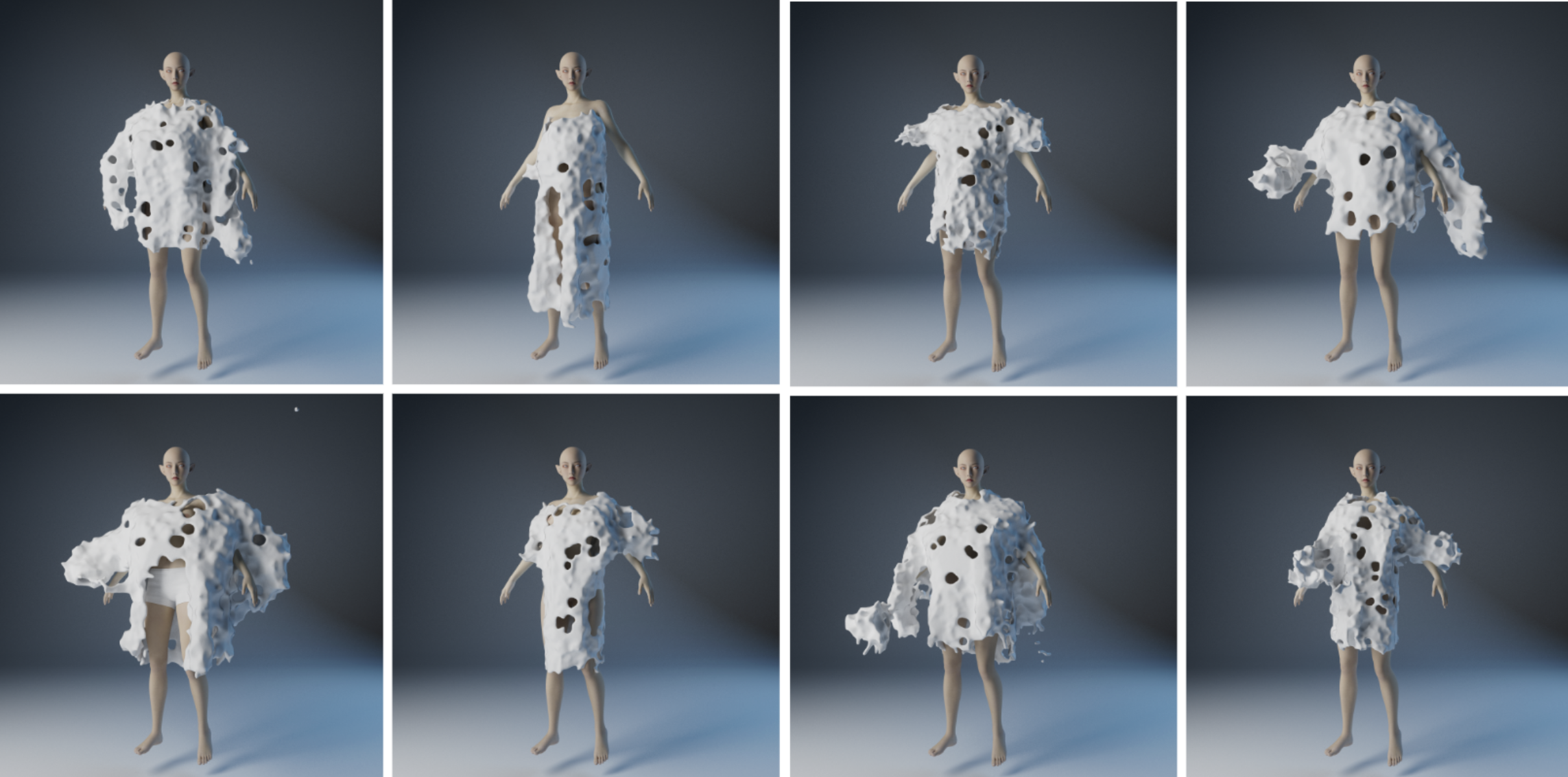
0
TEACHING

0
Implicit Variation (CVPR 2025)

0
SCIFFORDANCES TM

0
Unutterable Encounters

0
BIG SCREENS NYC

0
Agents II (CVPR 2025)

1
Paint by Word

0
Control Dynamics

1
Visualizing Semiotics

0
Picture Words

2
Human Avatar Project

0
biophille

0
Visual Metaphor

0
Quantizing Semiotics

1
Alif

3
Early Creative Machines



